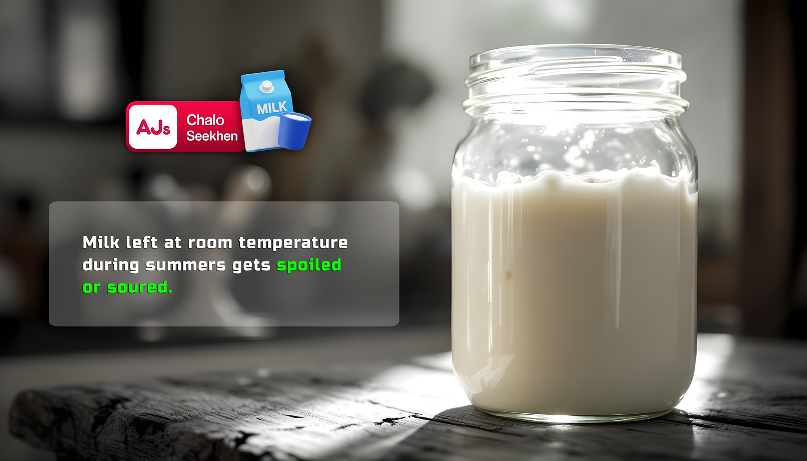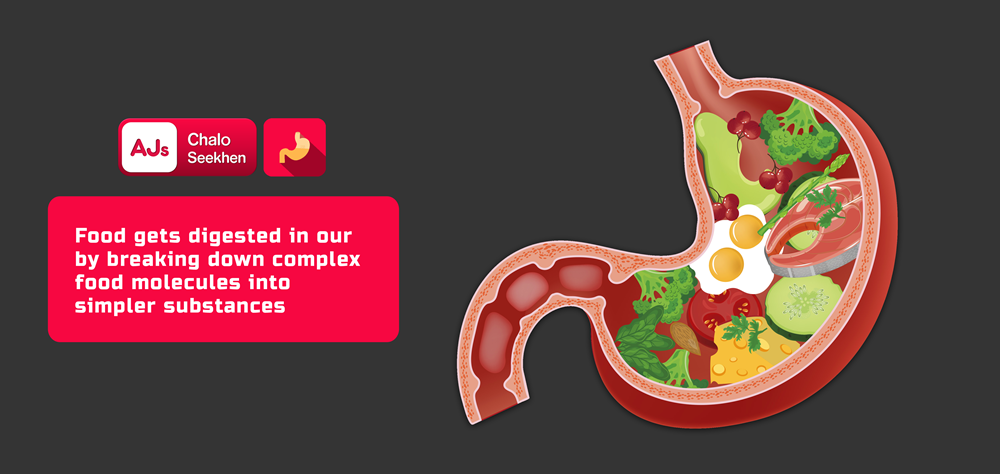There are no items in your cart
Add More
Add More
| Item Details | Price | ||
|---|---|---|---|
NCERT Science Notes - Class 10
Chapter 1 - Chemical Reactions and Equations
Welcome to our AJs Chalo Seekhen. This webpage is dedicated to Class 10 | Science | Chapter 1 - Chemical Reactions and Equations. Here, you will find comprehensive notes that cover the key concepts and topics discussed in this chapter. Whether you're a student looking for exam preparation or a teacher seeking additional resources, our webpage provides a valuable resource to enhance your understanding of the fundamental unit of life, including cell structure, functions, and various types of cells. Dive into our carefully curated questions and answers to strengthen your knowledge and excel in your science studies.
Activity 1.1:
Activity 1.2:
Activity 1.3:
General Observations for Detecting Chemical Reactions:
Conclusion:
Chemical Equations
Definition:
Word-Equations
Simplifying Descriptions:
Components:
Arrow Direction:
Let's start with the process of balancing the chemical equation:
Chemical Equation: Fe + H2O → Fe3O4 + H2 (1.5)
Step I: Drawing Boxes
To begin balancing the equation, we draw boxes around each formula without changing anything inside them:
[ Fe ] + [ H2O ] → [ Fe3O4 ] + [ H2 ]
Step II: Listing the Number of Atoms
Now, let's list the number of atoms of different elements present in the unbalanced equation (1.5) based on your table:
Step III: Balancing Oxygen Atoms
In Step III, we selected the compound Fe3O4, which contains the element oxygen (O) with the highest number of atoms. Since there are four oxygen atoms on the right-hand side (RHS) and only one on the left-hand side (LHS), we need to balance the oxygen atoms. To do this, we add a coefficient of '4' in front of H2O to equalize the number of oxygen atoms.
This results in the partly balanced equation: Fe + 4 H2O → Fe3O4 + H2 (1.6)
Now, the number of oxygen atoms on both sides is balanced.
Step IV: Balancing Hydrogen Atoms
After balancing the oxygen atoms, we proceed to balance the hydrogen (H) atoms in the partly balanced equation (1.6). To equalize the number of hydrogen atoms, we make the number of molecules of hydrogen (H2) on the right-hand side (RHS) equal to '4.' Here's the updated equation: Fe + 4 H2O → Fe3O4 + 4 H2 (1.7)
Now, the number of hydrogen atoms on both sides is also balanced. At this point, we have balanced the equation for the number of atoms of each element, including iron (Fe), hydrogen (H), and oxygen (O). The equation is now fully balanced:
Balanced Equation: Fe + 4 H2O → Fe3O4 + 4 H2 (1.7)
This balanced equation follows the law of conservation of mass, ensuring that the total number of atoms of each element remains the same before and after the chemical reaction.
Step V: Balancing Iron (Fe)
In chemical equations, additional information about the specific conditions under which the reaction occurs, such as temperature, pressure, or the presence of a catalyst, may be provided as annotations above or below the reaction arrow. These conditions can significantly affect the outcome of the chemical reaction and are important to consider when describing the reaction in detail.
Example 1:
Activity 1.7 - Electrolysis of Water
Setup:
Procedure and Observations:
Results:
Activity 1.8 - Decomposition of Silver Chloride in Sunlight
Procedure and Observations:
Results:
Additional Information:
Barium Hydroxide and Ammonium Chloride Reaction
Activity 1.9 : Procedure
Observations:
Results and Explanation:
Chemical Reaction:
Fe(s) + CuSO4 (aq) → FeSO4 (aq) + Cu(s) (1.24)
(Copper sulphate) (Iron sulphate) (Copper)
Explanation:
Explanation:
Activity 1.11 : Observation
CBSE Class 10 Science Chapter 1 - Chemical Reactions and Equations
Class 10 CBSE Important Questions and Answers Chapter 1 - Chemical Reactions and Equations

Class 10 NCERT Chapter 1 - Chemical Reactions and Equations AJs Chalo Seekhen Class 10 CBSE Important Questions and Answers Chapter 1 - Chemical Reactions and Equations ajs notes history chapter 1 ajs class 10 chapter 1 imp questions
Dedicated team provides prompt assistance and individual guidance.
Engaging visuals enhance understanding of complex concepts.
Engaging visuals enhance understanding of complex concepts.
Assess understanding and track progress through topic-specific tests





